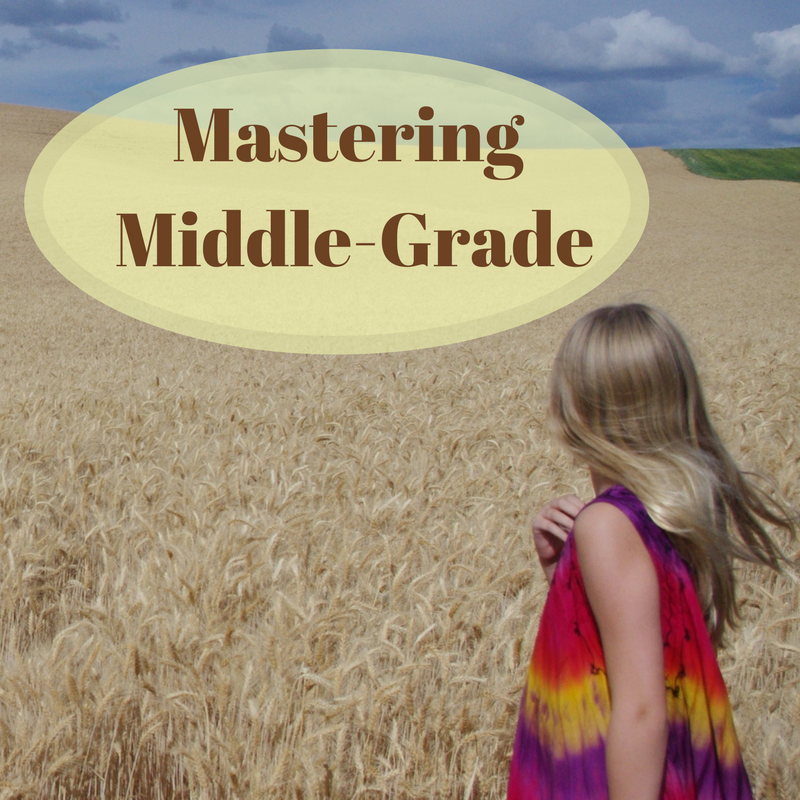I recently read a few middle grade novels I could not put down, even when sleep called loud and clear. What compelled me to keep turning pages? Instead of giving me an easy stopping place, the authors ended most chapters with a hook that made me want to know more.
So, what is a hook and how can you use it to help you achieve the same effect?
The Hook
A hook is when an author deliberately crafts the last few lines in a chapter in a manner that pulls the reader into the next chapter. Think of it like a fish lured by a promising dinner prospect, only to find itself hooked and unable to swim away.
Let’s look at four different ‘hooking methods’ used in middle grade books I’ve read recently.
Ask a Question
Mom said they died in an accident when she was a teenager. But was that true?
Wraithwood, Chapter 3, by Alyssa Roat
In this chapter, Roat reveals some mysteries about the main character’s past. Rather than verifying these nuggets as truth, she asks a question that plants doubt in the reader’s mind, making them want to explore further and seek the answer.
Asking a question is how advertisers (and scammers) often slip past our defenses too. Ever pick up a call and hear, “Do you know when your homeowner’s insurance expires?” The listener feels compelled to answer, which draws them into a conversation with the seller. That’s how it works in writing too. We are naturally wired to seek answers to questions.
Look through your own work in progress. Are there chapters you could end with a question to plant seeds of curiosity?
Stop in the Middle of Action
Right as she did so, something grabbed her leg.
The Cassandra Curse, Chapter 7, by Hope Bolinger
Ending a chapter in the middle of action, commonly known as a cliffhanger, is another great hook an author can use. We think we’re about to learn something important to the plot when the chapter suddenly ends. Are we going to stop reading there? Of course not! We’ve got to know who or what grabbed her, and what happened after that. Leaving the issue unresolved puts an itch under the reader’s skin that must be scratched by continuing to read. Television series often employ this trick in their storylines, and I can’t count how many times that has led me to binge watch an entire series.
If you have a large chunk of action, this might be a great technique for you to use. Instead of a longer chapter with a resolution at the end, break the action into two or more chapters, leaving your main character in a dire predicament in the final lines.
Raise the Tension
She still couldn’t shake the feeling that the blurry shapes were following her home.
Legend of the Storm Sneezer, Entry 4, by Kristiana Sfirlea
Raising the tension is not a case of a break in action. In the example above, the action is slowing as the character heads home. The words, “she still couldn’t shake the feeling” sharpens the scene’s mood and the reader’s apprehension. It causes the tension to rise, and the reader can’t walk away from the book without knowing what happens next.
To use this method, look for chapters you have ended in a manner that could lead to closing the book—like going to bed or saying goodbye. Then add one more comment that will cause the reader to wonder. Select words that paint an appropriate tone for the next chapter.
Introduce a New Character or Upcoming Event
A tall, dark figure had been coming down the hall toward her, a black cloak flapping behind him, his boots thumping on the creaking floorboards.
Wraithwood, Chapter 1, by Alyssa Roat
When you pass a stretch of highway and spot flashing lights and a car, how often do you rubberneck—stare to find out if it’s an accident or an arrest or speeding? That’s the idea behind this method. You give a brief snapshot, like the highway accident, and let the reader’s curiosity drive them forward.
Look for opportunities to use this technique in your manuscript. End your chapter by showing us the new character but save all the details or even their true identity for the chapters that follow.
The power of a hook cannot be underestimated. Re-read some of the books you love, the ones you stayed up reading late into the night. Study the final lines of each chapter and look for how the author hooks you into reading the next chapter. Learn from these masters and catch yourself an audience!
Do you have an example of a great hook? If so, please share in the comments below. You might just hook me into reading your story.

Elementary school teacher Lori Z. Scott usually writes fiction. Her down time is filled with two quirky habits: chronic doodling and inventing lame jokes. Neither one impresses her principal (or friends/parents/dogs/casual strangers), but they do help inspire her writing.
Somehow, her odd musings led her to accidentally write a ten-title bestselling chapter book series and on purpose write over 175 short stories, articles, essays, poems, and devotions. Lori also contributed to over a dozen books.
Lori enjoys speaking, leading workshops, and visiting local elementary schools to share her writing journey. Follow her on Instagram @Lori.Z.Scott.


 We love helping your growing in your writing career.
We love helping your growing in your writing career.

No Comments